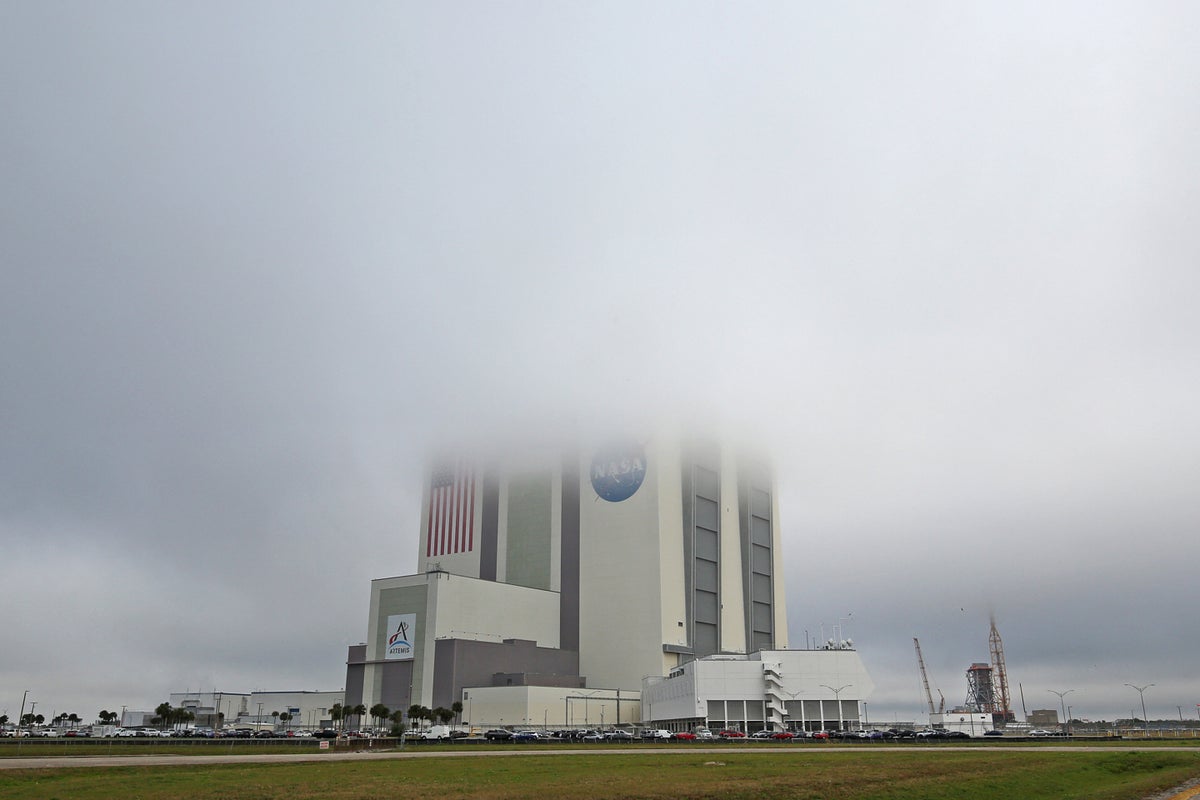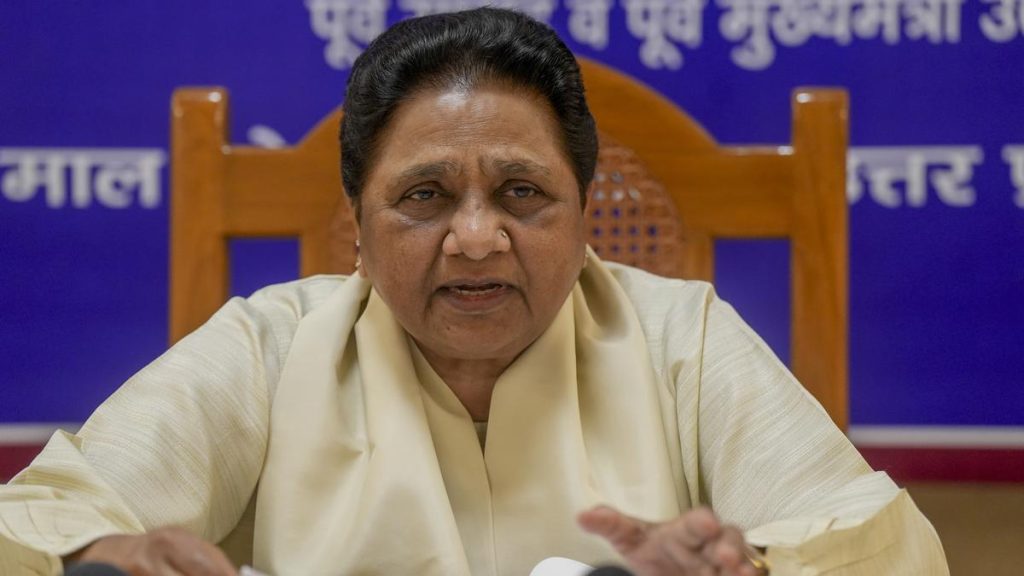Now Reading: Proposed U.S. Budget Sparks Concerns Over Space Science Cuts
-
01
Proposed U.S. Budget Sparks Concerns Over Space Science Cuts
Proposed U.S. Budget Sparks Concerns Over Space Science Cuts

Quick Summary
- The Trump Governance released its fiscal year 2026 discretionary budget proposal, suggesting notable cuts to space and ground-based sciences.
- NASA faces a 25% budget reduction, with deep cuts to the Science mission Directorate – half of its funding eliminated – impacting Mars rover missions, interstellar probes like Voyager, and flagship observatories such as the James Webb Space Telescope (JWST) and Hubble.
- NSF sees an even steeper proposed 57% cut to its $9-billion allocation. Core programs in astronomy and physics face drastic reductions or closures, including key facilities like LIGO’s gravitational-wave detectors.
- High-profile planetary science projects and astrophysics missions could be canceled or scaled back drastically due to funding shortages. However, some projects such as Dragonfly (Saturn’s moon Titan mission) and Europa Clipper will survive under limited funding.
- Critics assert these actions would create gaps in U.S. scientific leadership while China expands space ambitions with robust funding for exploration programs.
- Leadership instability at NASA and NSF weakens advocacy against these budget proposals; NASA administrator nominee Jared Isaacman was dropped last minute by President Trump amid controversy over his political donations.
Indian Opinion Analysis
While this issue pertains directly to U.S. science policy under the Trump administration’s proposed budget for FY26, there are relevant implications for India in terms of global competitiveness in space science. The drastic cuts offer an opportunity for India’s burgeoning space program – spearheaded by ISRO (Indian Space Research Organisation) – to further capitalize on advances that narrow scientific gaps between India and developed nations like the U.S.
Historically reliant on international collaborations with agencies like NASA or ESA (European Space Agency), India may face challenges if diminished U.S. budgets curb available partnerships or technical exchanges vital to shared goals such as lunar exploration or climate tracking via satellites. Conversely, India’s focus on cost-effective missions positions it well in a global environment were science budgets strain major players.
India could also enhance soft power globally through increased regional cooperation initiatives such as training neighboring countries’ scientists under SAARC frameworks while advancing deep-space projects independently. It remains neutral but essential how shifts worldwide reframe nation’s strategies – upcoming PLI-like schemes tied tech R&D startups pipeline critical paths realities affordable nurturing duplication balanced…


























